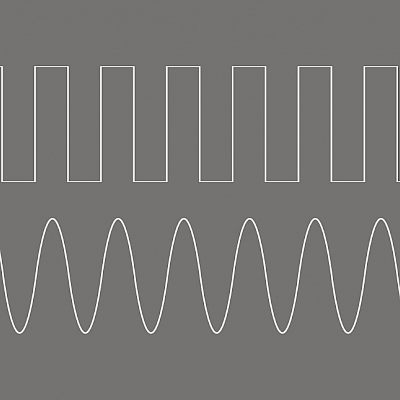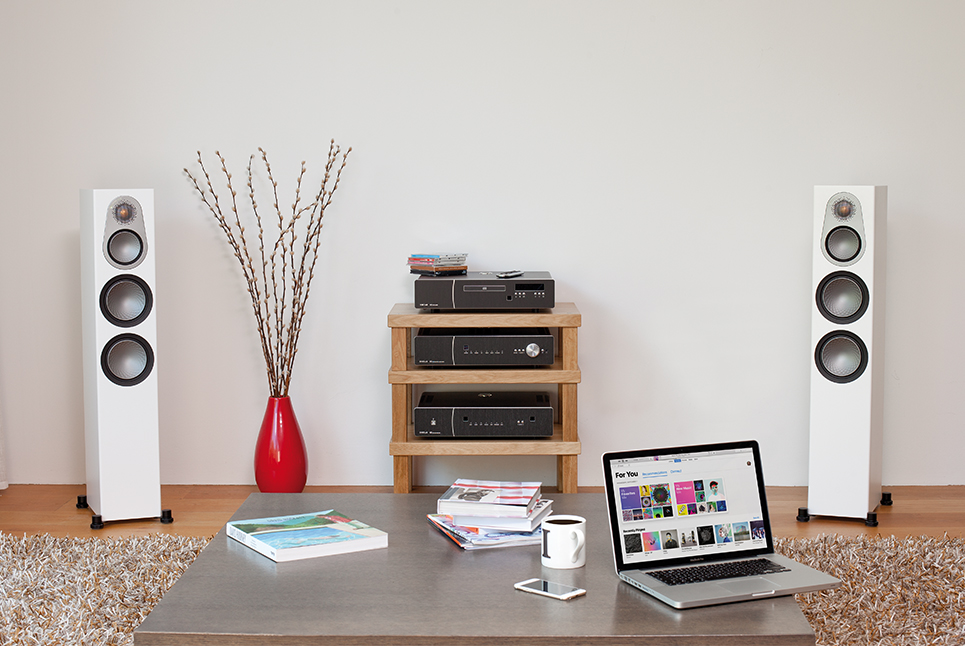
Posted in: Articles
A DAC or Digital-to-Analogue Converter processes digital sound information into analogue waveform, but what does this mean exactly and why is it necessary?
Let’s get one thing clear, DACs are in almost every audio device that uses digital sound files. You’ll use at least one everyday by watching TV, listening to music on your phone, and receiving notification sounds from your computer for example.

Traditional amplifier, passive speakers and the human ear cannot interpret digital sound information, this is why the conversion process is integral.
Not all DACs are created equal
Even though they are an integral part of any digital listening experience, in an attempt to reduce a product’s size or price, manufactures will usually integrate lower quality DACs into their products. Due to their lower efficiency, sound may not be reproduced in the best way leading to noise and distortion during playback.

This is why, if you want the best out of your digital music collection, we recommend using a dedicated DAC for a much higher quality conversion. DACs come in different form factors, there is everything from USB stick DACs for high quality sound from PCs to full sized, multi-featured units like the Roksan K3 DAC.
Lastly, the quality of the conversion is reliant on the source material, so for the best experience use lossless PCM formats such as FLAC, WAV or ALAC for your digital music collection.